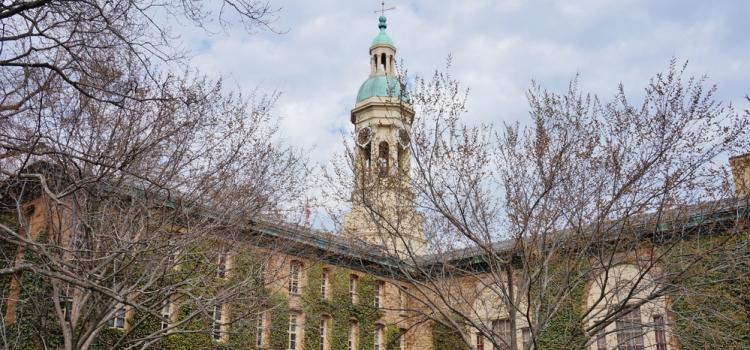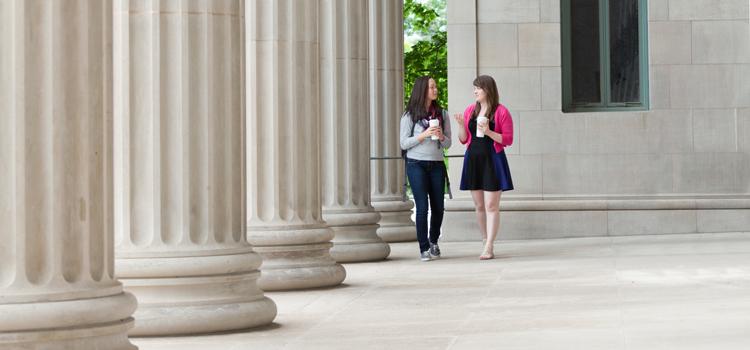
Applicants for UK Higher Education
Applicants for UK higher education down: 5% for UK students and 7% for EU students
Today UCAS publishes analysis of full-time undergraduate applications made by the 15 January deadline - the first reliable indicator of demand for UK higher education for the 2017 cycle.
To date, 564,190 people have applied to UK higher education courses for 2017, a decrease of 5% compared to the same point last year.
Decline in EU applicants and older applicants from the UK
Overall, UK applicant figures have decreased by 5% to a total of 469,490 and EU applicant figures decreased by 7% to 42,070. The number of applicants from other overseas countries is 52,630, similar to last year.
Across the UK, the number applying to higher education has fallen: from England by 6%, from Northern Ireland by 5%, from Scotland by 2% and from Wales by 7%.
The analysis reveals that the largest decreases are for older applicants from England and Wales. In England the number of 19 year old applicants has fallen by 9%, 20 year olds by 9%, 21-24 by 15%, and 25 and over by 23%.
The number of first time applicants has decreased by 4%, whilst the total re-applying to higher education has decreased by 10%.
The subject experiencing the most notable decrease in applicants is nursing. Applicants from England making at least one choice to nursing fell by 23% to 33,810 in 2017. Most applicants to nursing are over 19 years old and English applicants from this age group decreased by between 16% and 29%. English 18 year old nursing applicants fell by 10%. English applicants to courses other than nursing fell by 4%, ranging from an increase of 1% for 18 year olds and a reduction of 17% for 25 and over.
Demand for higher education remains high among 18 year olds
The largest group of applicants are 18 year olds from the UK. In contrast to figures for older age groups, applicant numbers from this group are similar to last year at 272,330, despite a fall of 1% in the 18 year old population.
In England, the proportion of 18 year olds in the population who apply to university has risen to a record 37%, but the increase is smaller than in recent years. In Northern Ireland and Wales, application rates for 18 year olds have fallen slightly from last year’s record levels, and in Scotland they remain unchanged.
The application rate of young people living in areas least represented in higher education has increased to 22.1% for the UK, the highest level recorded. In England, the application rate from these areas increased to 22.5%, the highest level recorded. In Northern Ireland, the rate remained stable at 24.4%, while in Wales it decreased to 19.7%.
The number of 18 year old UK applicants from most ethnic groups increased in 2017. 18 year old applicants from the Asian ethnic group increased by 5% (to 32,500), by 1% for the Black ethnic group (to 13,480), and by 5% for the Mixed ethnic group (to 11,830). 18 year old applicants from the White ethnic group fell by 2% (to 208,880). When looking at applicants of all ages, there were reductions for each of these ethnic groups, with the largest being a reduction of 10% from the Black ethnic group (which has a higher proportion of older applicants than average).
“Despite the overall decrease, it is encouraging that the number of 18 year old applicants remains high, and that application rates for disadvantaged groups continue to rise,” said Mary Curnock Cook, UCAS Chief Executive.
“However, we are seeing large falls for older applicants, partly because of strong young recruitment in recent years depleting the pool of potential mature applicants, and probably also reflecting increased employment, the higher minimum wage, and more apprenticeship opportunities.”
“About half the fall in nursing applicants is mirroring the fall in non-nursing applicants from older age groups.”
“It’s clear that the tough recruitment environment for universities will continue through 2017, leading to unprecedented choice and opportunity for applicants. Although the January deadline has passed, it is not too late to apply and we would expect around another 100,000 people to apply to higher education through the remainder of this cycle.”


